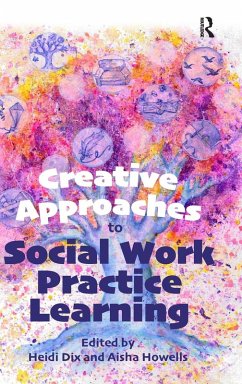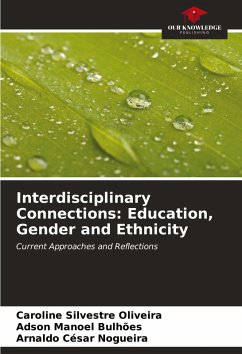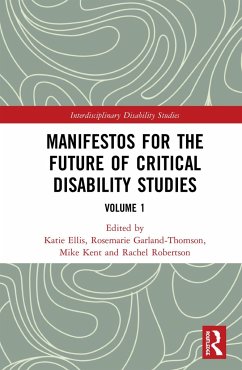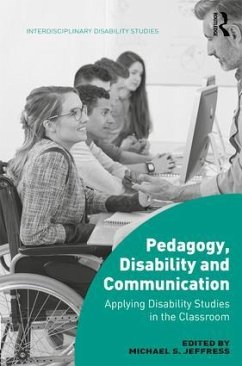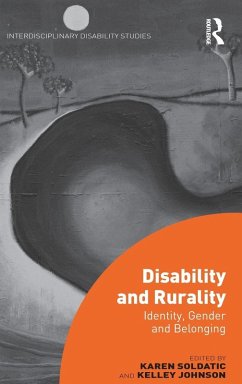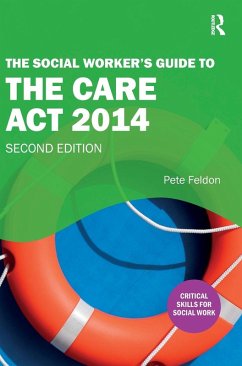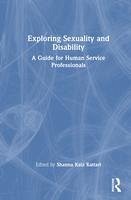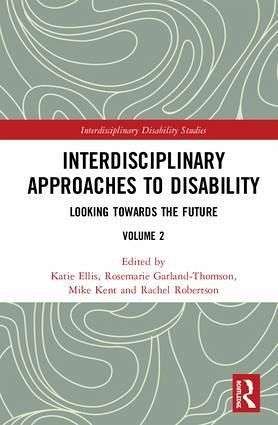
Interdisciplinary Approaches to Disability
Looking Towards the Future: Volume 2
Herausgeber: Ellis, Katie; Kent, Mike; Garland-Thomson, Rosemarie
Versandkostenfrei!
Versandfertig in 1-2 Wochen
168,99 €
inkl. MwSt.

PAYBACK Punkte
84 °P sammeln!
Interdisciplinary Approaches to Disability challenges people in disability studies as well as other disciplinary fields to critically reflect on their professional praxis in terms of theory, practice, and methods.





